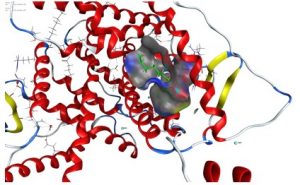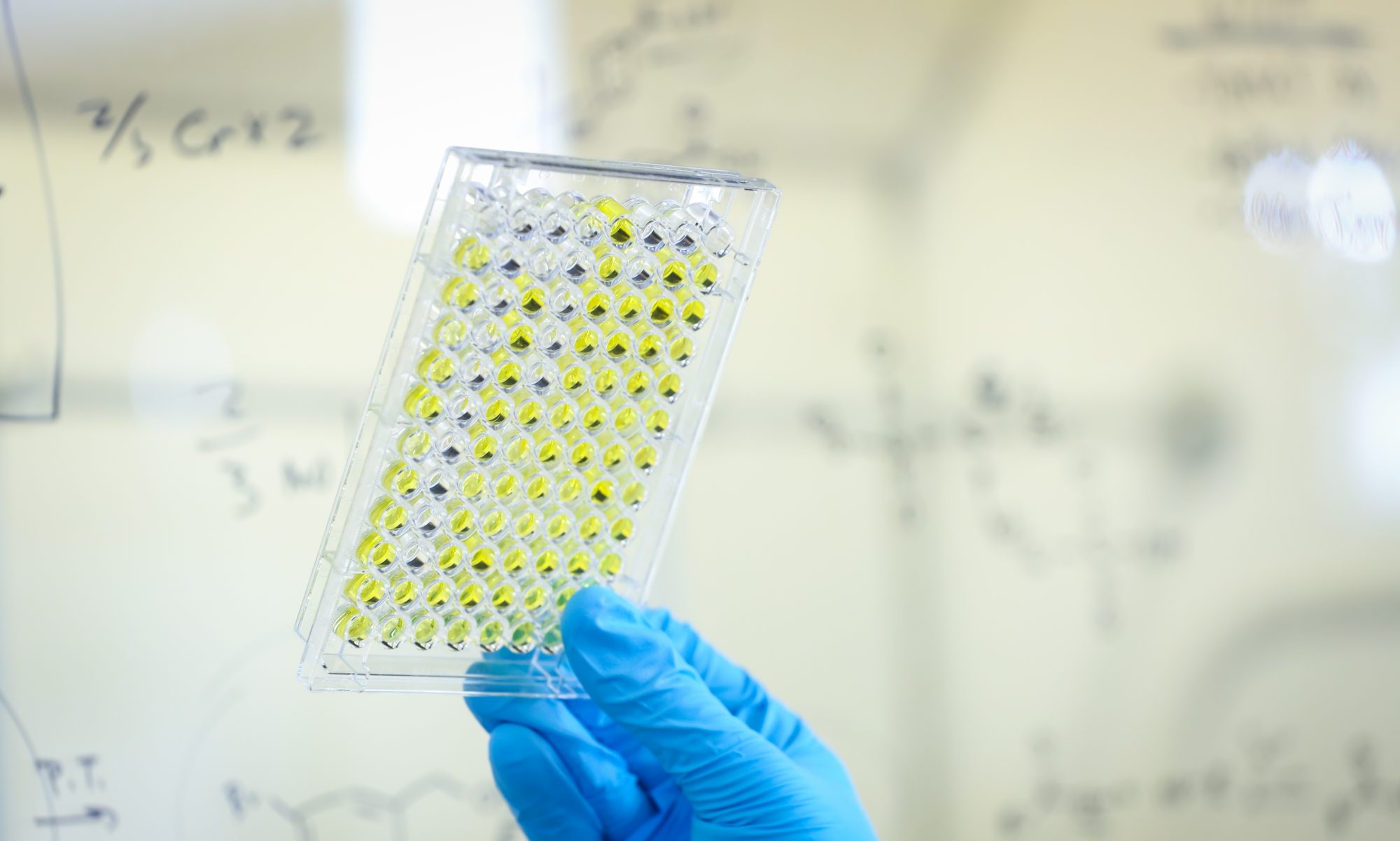Our lab works to bring medicinal chemistry projects to Longwood University. More specifically all of our projects investigate the anti-microbial properties of a multitude of small molecules. These projects allow for us to investigate these applications of synthetic organic chemistry while allowing the same students to perform the biological assays associated with these projects.
Building a Safer Paraben Preservative

Parabens are a collection of small molecules used in everyday products in hopes to prevent microbial and fungal growth. They have recently been linked to an increased risk of breast cancer as a result of their ability to mimic estrogen.
Our lab has been working to modify the molecular structure of these parabens in hopes to remove these unwanted side affects but maintain the paraben antimicrobial properties. We have successfully prepared lead compounds that have proved to be viable alternatives to commercial parabens. The students working on this project have synthesized over 20 different variations of these new compounds. These same students have also tested their anti-microbial properties and through a collaboration with our biology department also tested them for cancer cell proliferation.
Investigating Molecular Interactions Leading to Cellular Proliferation

The ability of parabens to mimic estrogen has been linked the ability to activate the estrogen receptor leading to gene transcription. Modifications of their chemical structure influences this interaction between the paraben and estrogen receptor. Our initial attempts to modify the paraben structure lead to molecules that bind but do not activate the estrogen receptor. As a result, our lab has been attempting to predict how these compounds are working on a molecular level.
To do this, we have been working with a molecular modeling program called the Molecular Operating Environment (MOE) in order to predict changes in the paraben-ER interactions. MOE allows these students to visualize the molecular interactions on a extremely interactive platform. They have been able to confirm and reproduce the interactions that lead to the activation of the estrogen receptor and have begun predicting why their newer derivatives fail to activate the receptor.
Finding Alternative Anti-microbial treatments
Our lab has recently began working to build a neutral species capable of mimicking the activities seen for lipophilic quaternary ammonium cations (QACs or quats). QACs have become more popular in many of the disinfectant products used in our households as well as to some extent in mouthwashes. Many of these compounds have been shown to be both anti-microbial as well as capable of inhibiting biofilm formation. These compounds have been linked to several health concerns as well as environmental concerns associated with their disposal. Our lab is investigating small molecules capable of mimicking these very interesting microbial properties while being more readily biodegradable.
